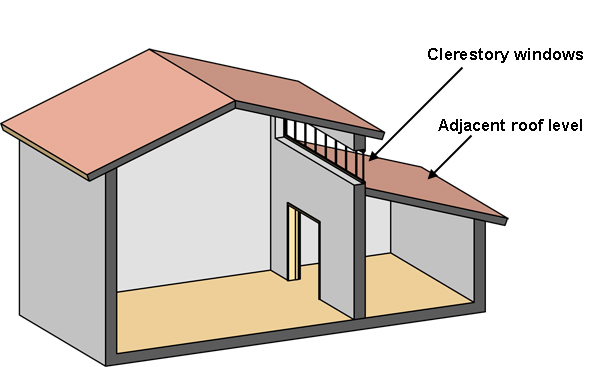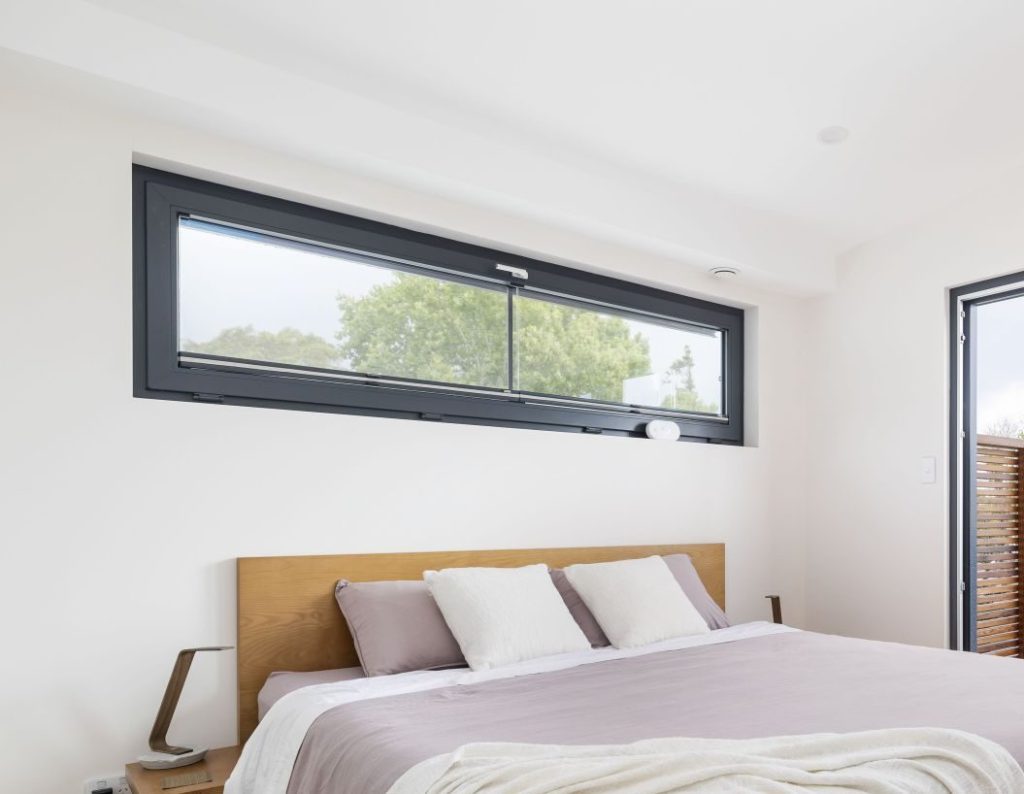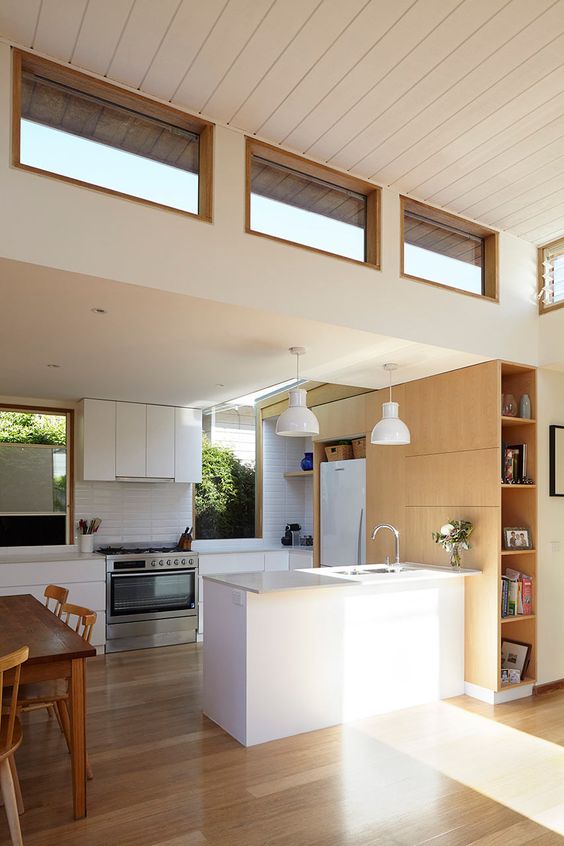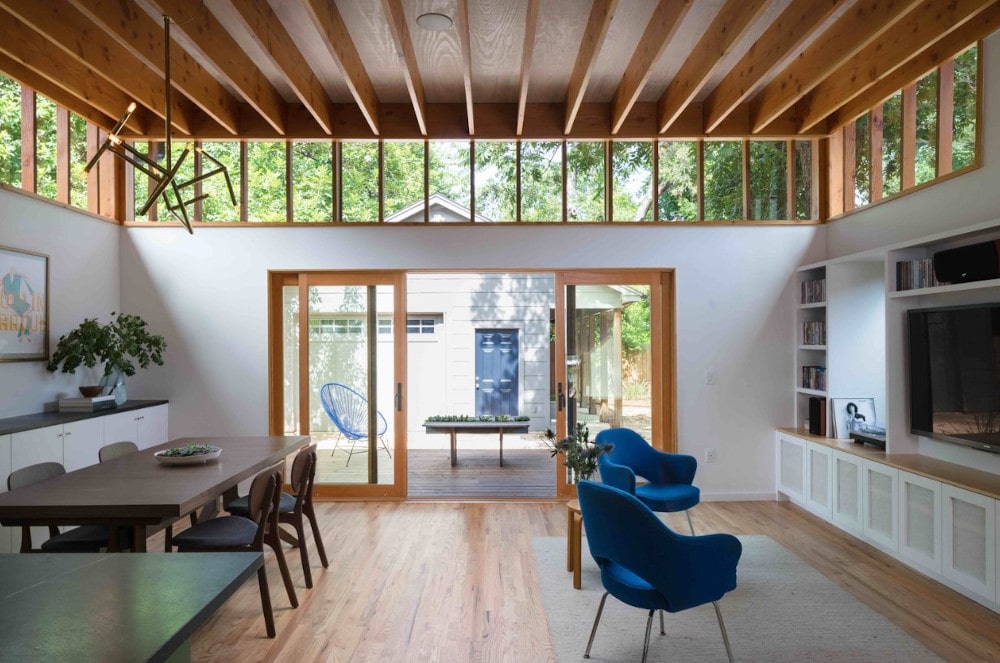When you want to flood your home with daylight, enhance privacy, and add architectural drama, clerestory windows are the perfect solution. Positioned high on walls—often just below the roofline—clerestory windows bring in sunlight without sacrificing wall space or privacy. This guide walks you through everything you need to know to plan, install, and style clerestory windows for maximum impact.

What Are Clerestory Windows?
Clerestory windows are narrow, horizontal openings placed above eye level. Historically used in cathedrals and grand halls to admit light, they’ve become popular in modern homes to:
- Illuminate interior spaces without glare
- Maintain privacy—no direct sightlines in or out
- Enhance ventilation when operable
- Accentuate architectural lines for a contemporary aesthetic
Because they sit above furniture and eye level, clerestory windows let light wash deep into rooms, creating an open, airy feel.
Top Benefits of Clerestory Windows
- Natural Light Without Compromise
By admitting high-angle sunlight, clerestories brighten spaces all day long—perfect for north-facing rooms, basements, or hallways that lack traditional window options. - Privacy & Security
Since they sit above sightlines, you can enjoy unobstructed illumination without neighbors or passersby looking in. - Energy Efficiency
Properly glazed clerestory windows reduce reliance on artificial light and can contribute to passive solar heating in colder months. In warm climates, well-placed operable clerestories vent hot air at the ceiling level, lowering cooling costs. - Architectural Interest
A band of clerestories adds drama to both interior and exterior facades—transforming plain walls into statement features.

Where to Place Clerestory Windows
- Above Kitchen Cabinets
Bring daylight into your cooking zone without sacrificing upper storage. - High on Living Room Walls
Illuminate vaulted ceilings and highlight artwork without glare. - Bathroom Privacy Wall
Flood a shower or dressing area with light while maintaining discretion. - Stairwells & Hallways
Light narrow or windowless corridors for a more welcoming flow. - Home Offices & Studios
Ensure consistent daylight for productivity without screen glare.
Choosing the Right Style and Glazing
- Fixed vs. Operable
- Fixed clerestories maximize insulation and eliminate leaks.
- Operable variants (awning-style or hopper windows) let you purge hot air.
- Frame Materials
- Vinyl: Budget-friendly and low-maintenance.
- Aluminum-clad wood: Combines warmth inside with durable exterior weather protection.
- Fiberglass: Dimensionally stable in extreme climates.
- Glazing Options
- Low-E coatings reflect heat in summer and trap warmth in winter.
- Double or triple panes with argon fill boost insulation and noise reduction.
- Tinted or frosted glass filters harsh sunlight and adds privacy.
Installation Tips for Success
- Accurate Rough-Opening Measurements
Measure width, height, and depth at multiple points. Clerestories often sit on uneven soffits, so precision prevents ordering errors. - Consider Structural Support
Because clerestories sit high, ensure adequate header framing to handle roof loads and wind pressure. - Flashing & Waterproofing
Properly flash the exterior to prevent leaks at the roof-wall intersection. Install high-quality sealants and weather barriers. - Professional vs. DIY
While small clerestories can be a weekend project for skilled DIYers, professional installers ensure airtight performance—especially crucial for operable units and complex rooflines.

Styling & Decorating Ideas
- Light Wells & Soffits
Paint the inside soffit a high-reflectance white to bounce light deep into the room. - Window Treatments
Use electric shades or top-down blinds if privacy or glare control is needed at certain times of day. - Accent Lighting
Uplight the exterior of clerestories for a floating-band effect at night, enhancing curb appeal. - Interior Accents
Place potted plants or art below clerestories to take advantage of the steady daylight band.
Maintenance & Longevity
- Annual Inspection
Check seals, caulk lines, and flashing—address cracks or gaps promptly to prevent water intrusion. - Cleaning
Because clerestories sit high, use extendable squeegees or hire professional window cleaners to keep glass clear and streak-free. - Hardware Care
Lubricate operable window hinges or cranks once a year with silicone spray to ensure smooth operation.
Frequently Asked Questions
Do clerestory windows overheat a room?
With the right Low-E glass and tinting, heat gain is minimized. Operable clerestories also vent hot air at the ceiling level.
Can I retrofit clerestory windows into an existing home?
Yes—provided there’s adequate headroom and structural framing to accommodate the new openings. Consult an architect or contractor to assess feasibility.
How much do clerestory windows cost?
Prices vary based on size, glazing, and material. Expect $500–$1,500 per fixed unit and $800–$2,000+ for operable varieties, including installation.
Final thoughts
Clerestory windows are more than just stylish accents—they’re smart, functional features that elevate both the look and performance of your home. By choosing the right placement, glazing, and installation method, you’ll enjoy bright, comfortable living spaces that feel open and private all at once.
